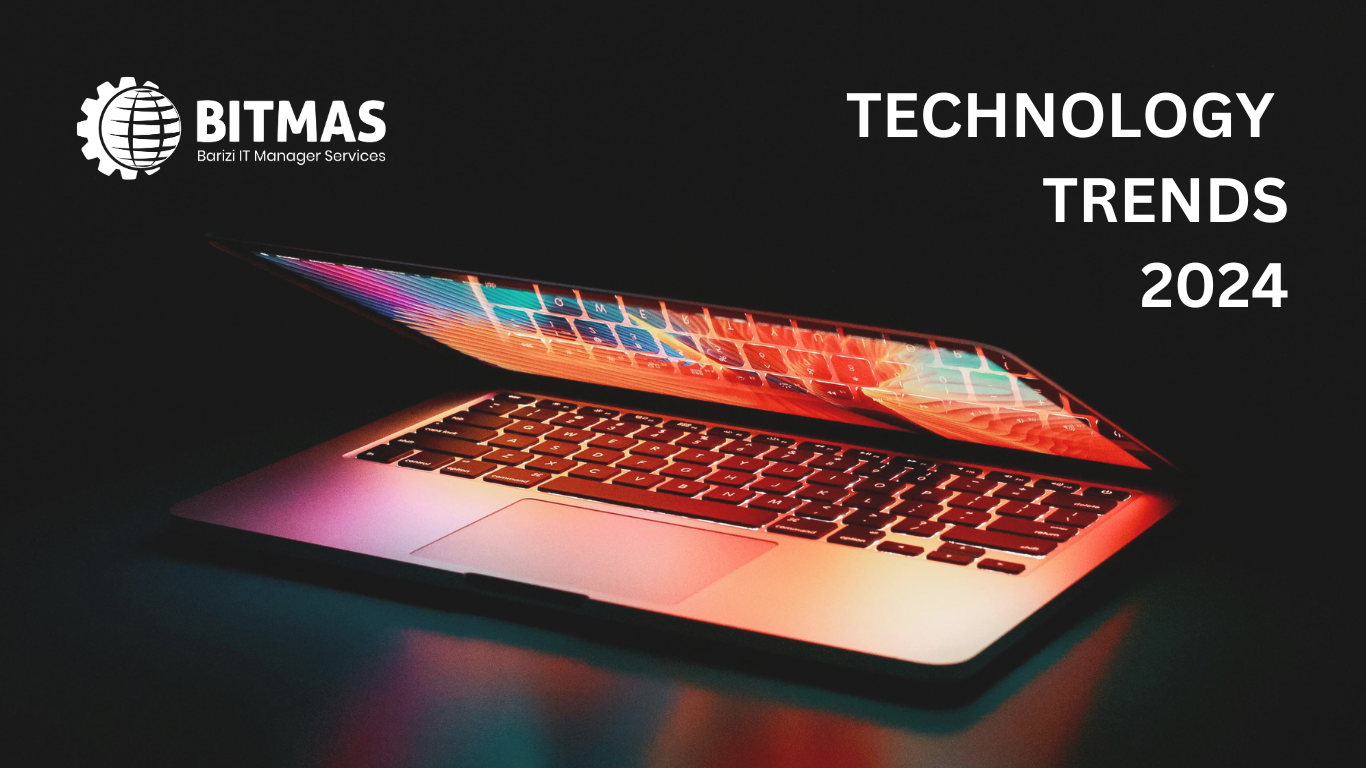Embracing the Cloud: Revolutionizing the Future of Computing

In recent years, cloud computing has emerged as a transformative force, reshaping the way individuals and businesses interact with technology. This paradigm shift from traditional on-premises infrastructure to cloud-based services has unlocked unprecedented possibilities in scalability, flexibility, and accessibility. Today, let's delve into the world of cloud computing, exploring its significance, benefits, challenges, and future trends.
Understanding Cloud Computing
At its core, cloud computing refers to the delivery of computing services—including servers, storage, databases, networking, software, and more—over the internet ("the cloud"). Rather than owning their own computing infrastructure or data centers, companies can rent access to anything from applications to storage from a cloud service provider, paying only for what they use. This model has democratized access to advanced computing resources, making powerful technologies accessible to businesses of all sizes and individuals alike.
Benefits of Cloud Computing
Scalability
Cloud computing allows businesses to scale resources up or down as needed, accommodating fluctuating demands without the need for costly hardware upgrades.
Cost Efficiency
By eliminating the need for upfront investments in hardware and reducing maintenance costs, cloud computing offers a cost-effective alternative to traditional IT infrastructure.
Flexibility and Accessibility
With data and applications accessible from anywhere with an internet connection, cloud computing enables remote work, collaboration, and mobility.
Improved Security
Leading cloud providers invest heavily in security measures, often providing better security than many on-premises solutions can afford.
Innovation and Speed
Cloud services offer ready access to cutting-edge technologies such as AI, machine learning, and big data analytics, fostering innovation and accelerating time-to-market for new products and services.
Challenges and Considerations
Despite its numerous benefits, cloud computing also poses challenges, including:
Security Concerns
While cloud providers implement robust security measures, concerns persist over data breaches and compliance with regulations.
Dependency on Internet Connectivity
Reliable internet access is crucial for accessing cloud services; disruptions can impact operations.
Vendor Lock-In
Moving data and applications between different cloud providers can be complex and costly, leading to vendor lock-in.
Future Trends
Looking ahead, several trends are shaping the future of cloud computing:
Hybrid and Multi-Cloud Adoption
Organizations are increasingly adopting hybrid and multi-cloud strategies to leverage the strengths of different cloud providers and maintain flexibility.
Edge Computing
With the proliferation of IoT devices, edge computing—processing data closer to where it is generated—is gaining prominence alongside cloud computing.
Serverless Computing
Serverless architectures, where cloud providers manage the infrastructure and automatically scale resources, are becoming more popular for their efficiency and cost-effectiveness.
Conclusion
Cloud computing has revolutionized how we conceive, deploy, and scale computing resources. Its impact spans across industries, driving innovation, efficiency, and flexibility in ways previously unimaginable. As we continue to navigate the evolving landscape of technology, embracing the cloud promises to be a cornerstone of future advancements, empowering businesses and individuals to achieve more with less.
In essence, the cloud is not just a technological evolution but a fundamental shift towards a more connected, agile, and innovative future. Embracing it today will undoubtedly pave the way for a more resilient and prosperous tomorrow.


